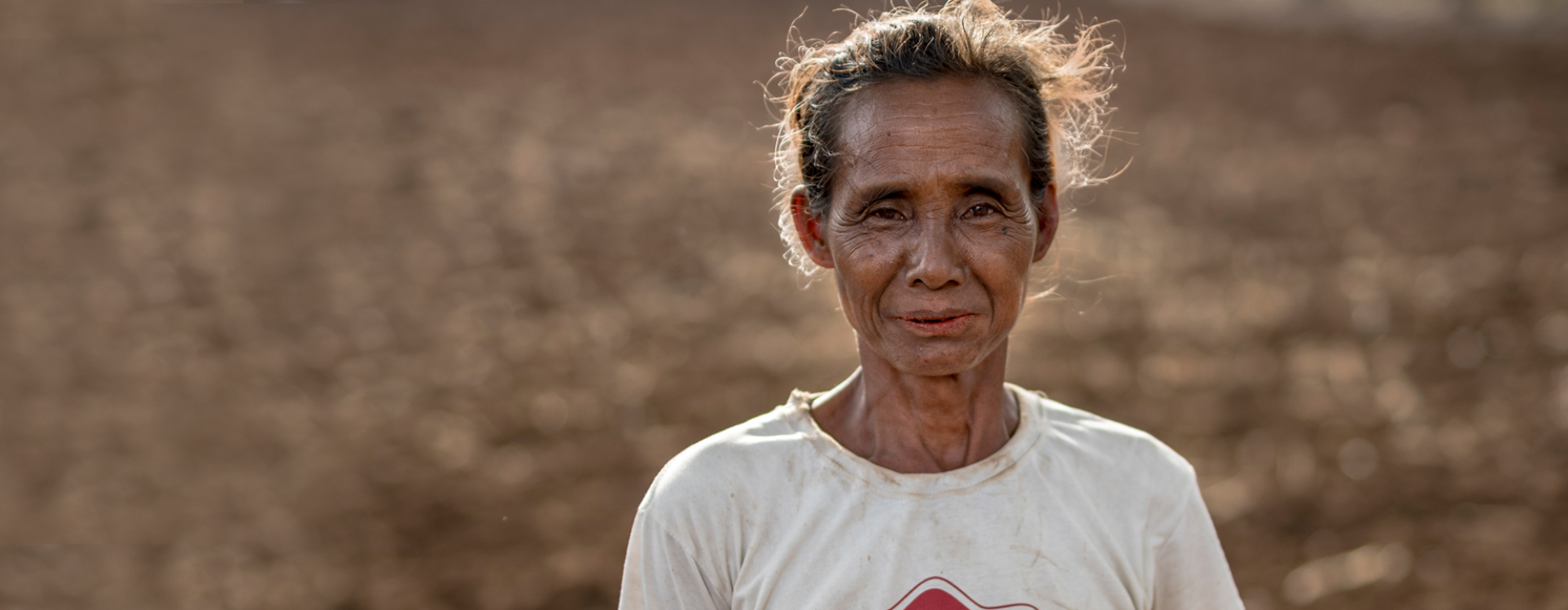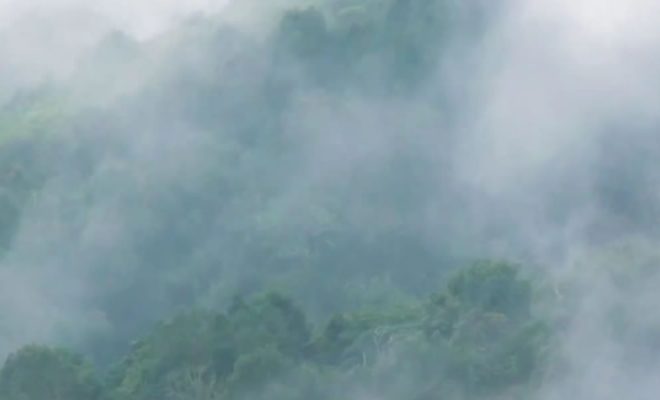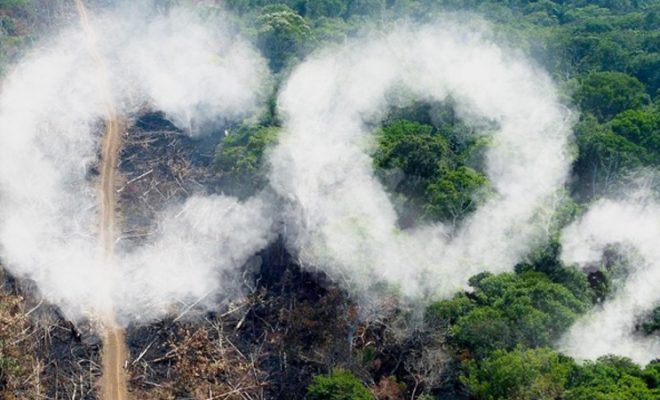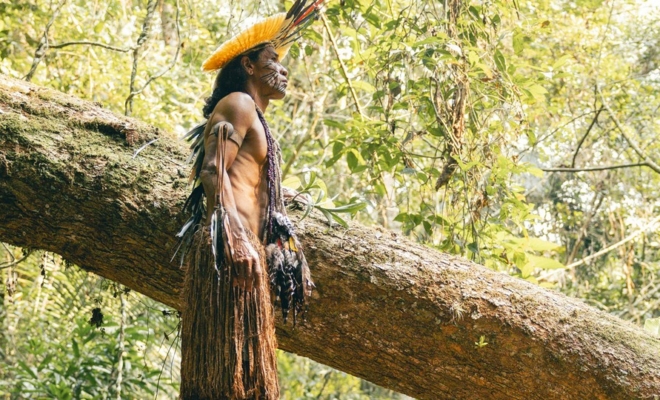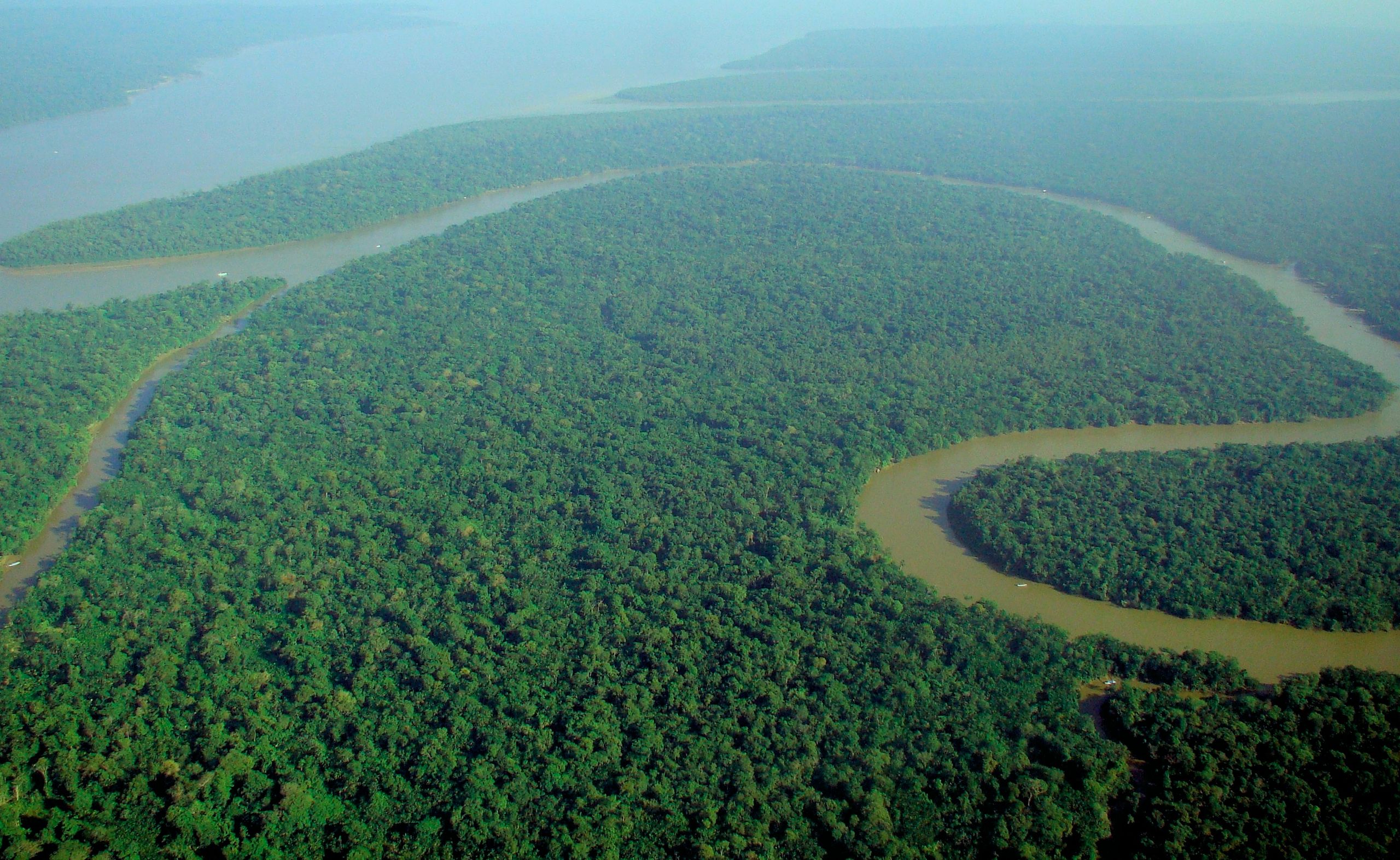
The forest mass is much more than a carbon sink: it is essential for global food security and biodiversity conservation. © Lubasi
“Our forests and crops thrive together. We have blurred the boundary between them.”
The farmers of the Mayangna community in Bosawas, Nicaragua, are achieving a dual objective: slowing the deterioration of the tropical forest while keeping their crops and livestock stable. Severe droughts driven by climate change, intensive practices, and logging overexploitation rapidly disrupted the water cycle, triggering a harmful feedback loop: forest degradation, soil depletion, water overexploitation, and increased poverty.
In 2010, we developed one of our first aid projects in the Bosawas Reserve, where we promoted solutions to help communities threatened by fertile soil degradation restore the natural water cycle. We supported the Mayangna in implementing FAO-promoted programs based on two disciplines that have gained momentum and proven their effectiveness over the past 15 years: agroforestry and silvopasture.
Agroforestry and Silvopasture: Ancestral Techniques
Both are key terms in the lexicon of the fight for climate adaptation and protecting the biosphere’s vegetative cover.
- Agroforestry is understood as the sustainable use of land that combines crops, trees, and shrubs on the same plot. This practice improves productivity by increasing biodiversity and resilience to climate change, while also providing wood and capturing carbon.
- Silvopasture is a technique that integrates trees, pastures, and livestock in the same space. Trees offer shade, food, and protection to livestock, while the soil benefits from organic matter and nutrient contributions.
Both techniques integrate crops and livestock with the surrounding forest, creating an environment where food production coexists with ecosystem regeneration and protection.
These concepts merely rediscover the ancestral knowledge of indigenous peoples, who have relied on tropical and subtropical forests for their sustenance for centuries.
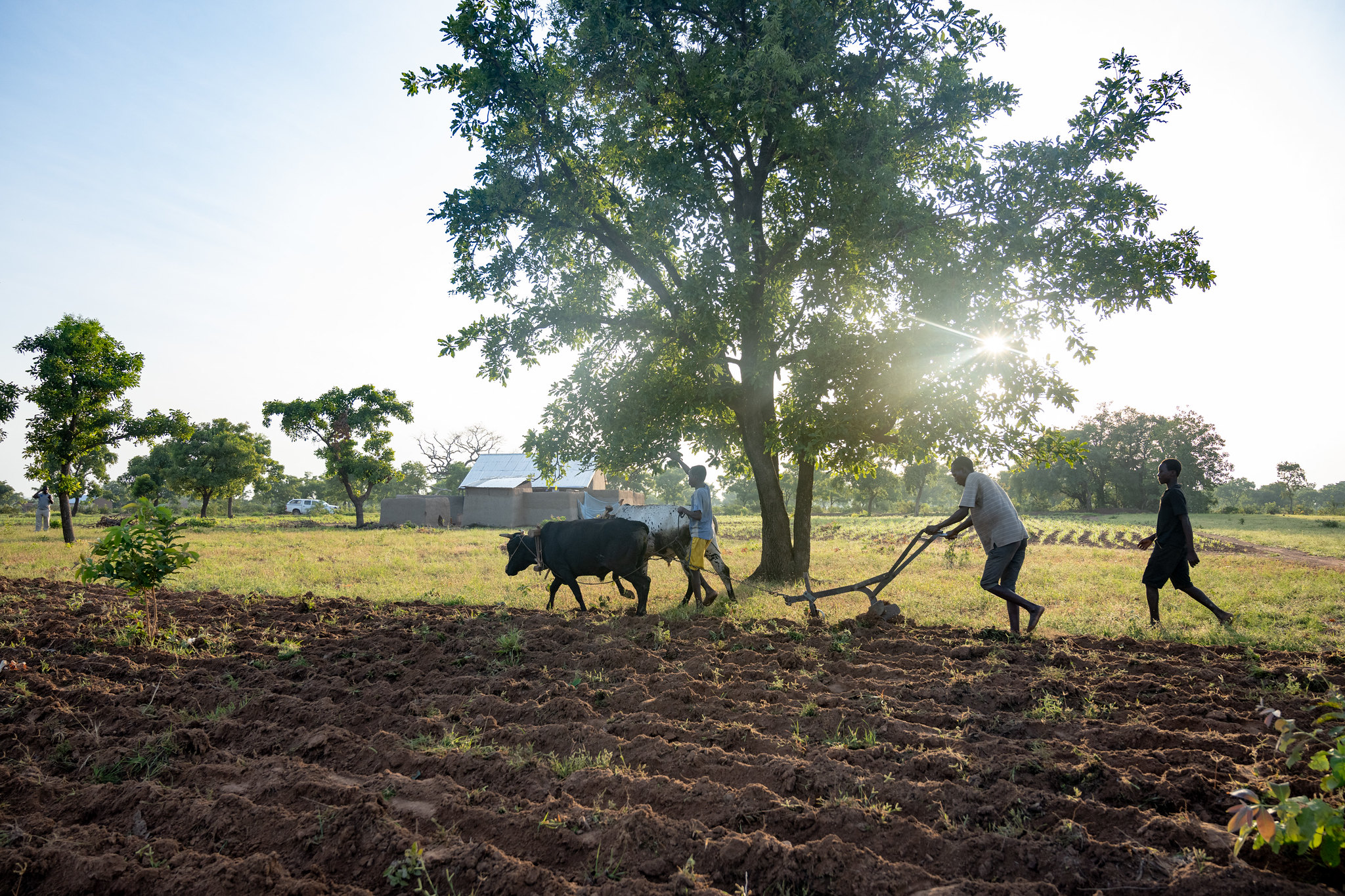
Agroforestry is understood as the sustainable use of land that combines crops, trees, and shrubs on the same plot. © Kelvin /CC BY-NC-SA.
Mayangna and Maya: Two Cultures to Learn From
One of the specific actions of our project in Bosawas focused on the reserve’s so-called “buffer zone,” the areas adjacent to its protected zones where ecosystem deterioration is most critical. This is where the Mayangna population is concentrated, whose livelihood depends entirely on the productivity of the land.
In this tropical rainforest area, we collaborated to develop and implement an educational program aimed at preserving the ancestral values and deep knowledge of the Mayangna culture. This wisdom passed down from generation to generation, serves as a genuine manual for what we now know as ecosystem management.
In this regard, we have worked in line with the FAO’s philosophy on forest safeguard development. Last year, we completed a water access project in Chiapas, where we shared knowledge on natural resources and sustainability principles with indigenous Maya communities, rooted in their traditional respect for forests, soil, and water. In another of the world’s most critical areas for biodiversity loss, we once again confirmed the power of small communities practising agroforestry and silvopasture. These techniques not only curb forest and soil degradation but also strengthen resilience against disruptions in the water cycle
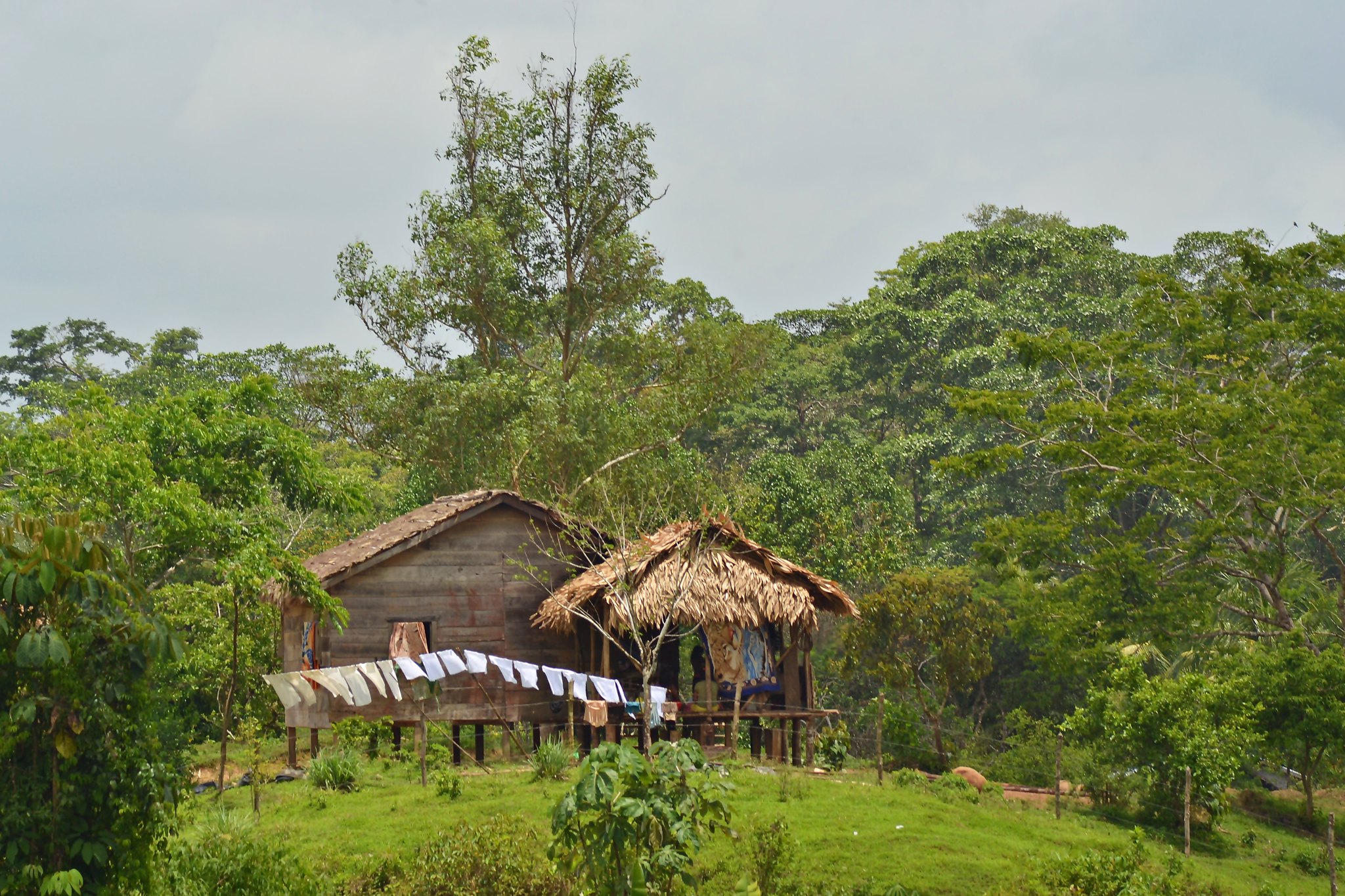
The farmers of the Mayangna community in Bosawas, Nicaragua, are achieving a dual objective: slowing the deterioration of the tropical forest while keeping their crops and livestock stable. © Alam Ramírez Zelaya
Progress in the Fight Against Deforestation
In our biodiversity protection projects aimed at preserving the water cycle, we have confirmed the successes highlighted in the FAO’s State of the World’s Forests report in critical areas: deforestation was reduced by 8.4% in Indonesia in 2021-22 and by 50% in Brazil’s Legal Amazon in 2023, while the global rate of gross mangrove loss decreased by 23% between 2000-2010 and 2010-2020.
However, forest degradation persists, and its costs are high. Between 2015 and 2020, the world lost around 10 million hectares of forest each year—an area equivalent to the size of Iceland. Meanwhile, forest fires are intensifying, and pest outbreaks are increasing. As a result, desertification is advancing. According to the FAO, 70% of the world’s drylands are degraded, directly affecting 250 million people. This process threatens 1 billion people and could forcibly displace 50 million in the next decade. Currently, the FAO and the World Bank estimate that economic losses from deforestation and soil degradation amount to USD 6.3 to 10.6 trillion.
The Dilemma After a Fire: Traditional or Agroforestry Reforestation?
During the discussions held around the International Day of Forests, whose theme “Forests and Food” highlights the importance of forests for global food security, one of the most recurring topics was how to approach recovery after forest fires. We can summarize the options in two:
- Traditional Reforestation:
This approach focuses on restoring the original forest before the fire. It involves planting native species to restore biodiversity and the landscape, although it can be a slow and costly process. Moreover, if new environmental conditions are not considered, long-term success may be compromised. - Creation of Agroforestry Areas:
This is a more productive and resilient approach that follows agroforestry models, such as silvopasture, with the goal of maximizing ecosystem services. It also enables adaptation to climate change. In many cases, this option has proven effective in protecting soil, conserving water, and providing livelihoods for local communities—strengthening their long-term commitment to conservation.
Each option is more suitable depending on the climate, topography, watercourses, and the condition of the surrounding soil.
However, we must always consider human geography and socioeconomic and even political factors. During the last COP 16 on biodiversity, experts from around the world confirmed these conclusions. Carlos Garriga, director of the Foundation, summarized the situation: “We need a nature-based economy, a regenerative economy that truly helps the communities that need it most, especially Indigenous communities, who are often the primary guardians and stewards of biodiversity.”
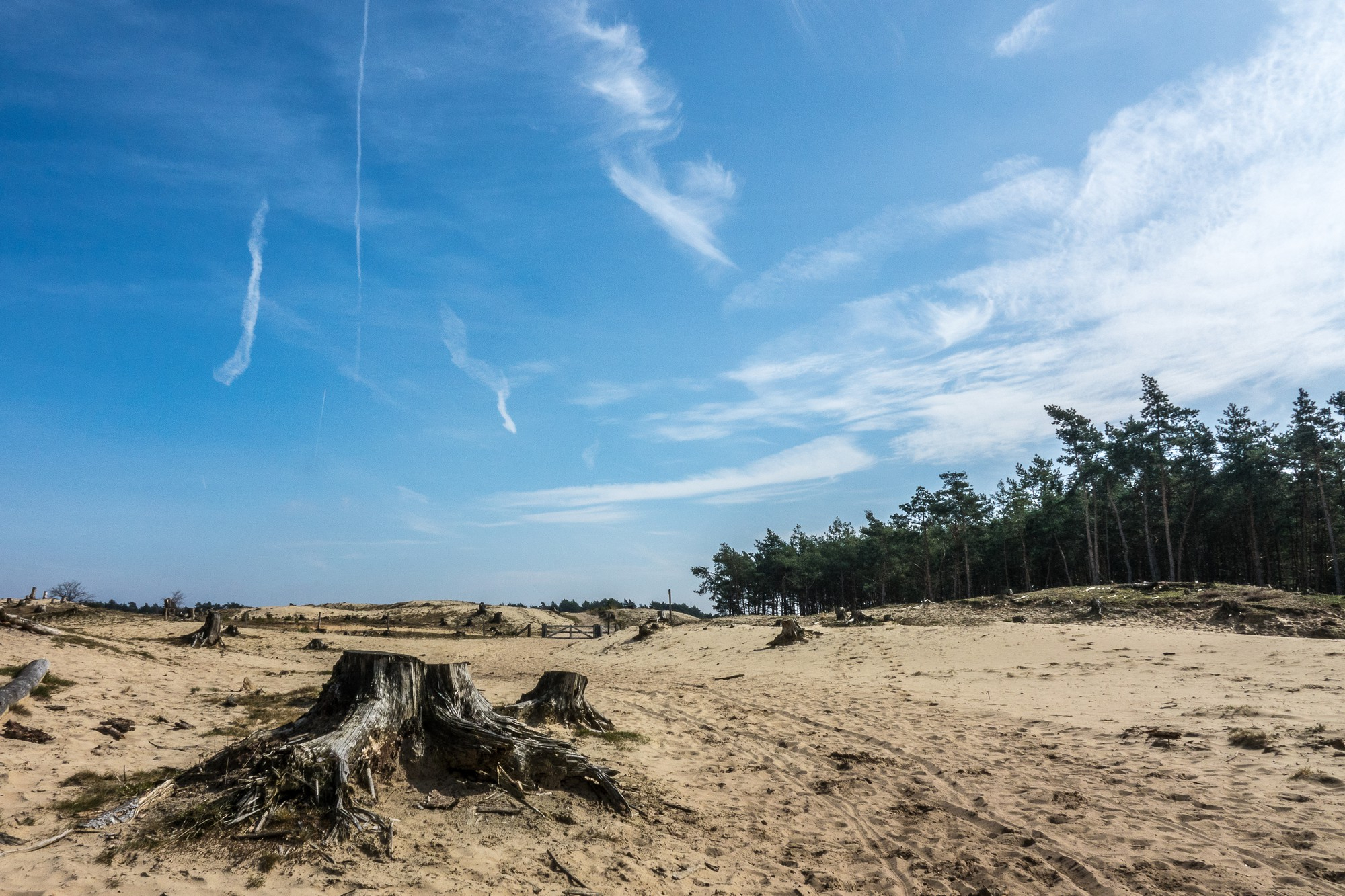
Forest degradation persists, and its costs are high. Between 2015 and 2020, the world lost around 10 million hectares of forest each year—an area equivalent to the size of Iceland. © Freepick


